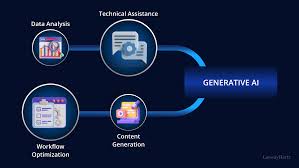Additionally, generative AI can assist in designing innovative products and offer product innovation platform services that meet market demand and customer preferences.
Strategies for Implementing Generative AI in Your Business
Additionally, generative AI can assist in designing innovative products and offer product innovation platform services that meet market demand and customer preferences.
